When it comes to bathroom design, ceramic tiles are a timeless and versatile choice that can transform any space into a luxurious sanctuary. From their durability and low maintenance to the endless design options available, bathroom ceramic tiles have been a staple in interior design for decades. In this comprehensive guide, we will explore everything you need to know about bathroom ceramic tiles, including their benefits, types, installation methods, maintenance tips, and design inspirations. Benefits of Bathroom Ceramic Tile: Bathroom ceramic tiles offer a plethora of benefits that make them an ideal choice for any bathroom renovation or new construction project. One of the primary advantages of ceramic tiles is their durability. Ceramic tiles are resistant to water, stains, and scratches, making them perfect for high-moisture areas like bathrooms. Additionally, ceramic tiles are easy to clean and maintain, requiring only regular sweeping and mopping to keep them looking like new.
.
Furthermore, ceramic tiles come in a wide range of colors, patterns, shapes, and sizes, allowing for endless design possibilities. Whether you prefer a minimalist and modern look or a classic and timeless aesthetic, there is a ceramic tile to suit every style and taste. Ceramic tiles are also versatile in terms of installation, with options for floor, wall, and even countertop applications. With proper installation and maintenance, bathroom ceramic tiles can last for decades, making them a cost-effective and long-lasting investment. Types of Bathroom Ceramic Tile: When it comes to choosing bathroom ceramic tiles, there are several types to consider, each with its own unique characteristics and advantages. The most common types of ceramic tiles used in bathrooms include: 1. Porcelain Tiles: Porcelain tiles are a type of ceramic tile that is fired at a higher temperature, making them denser and more durable than traditional ceramic tiles. Porcelain tiles are highly resistant to water, stains, and scratches, making them ideal for bathroom floors and walls. They come in a variety of finishes, including matte, polished, and textured, offering both aesthetic appeal and functionality. 2. Glazed Ceramic Tiles: Glazed ceramic tiles are coated with a layer of liquid glass during the firing process, giving them a shiny and protective finish. Glazed ceramic tiles are available in a wide range of colors and patterns, making them a popular choice for bathroom walls and backsplashes. They are easy to clean and maintain, making them a practical option for busy households.
..
3. Mosaic Tiles: Mosaic tiles are small ceramic tiles that are mounted on a mesh backing, allowing for intricate and detailed patterns and designs. Mosaic tiles come in a variety of shapes, sizes, and colors, making them a versatile choice for adding visual interest to bathroom floors, walls, and accent areas. Mosaic tiles are especially popular for creating decorative borders, accents, and focal points in bathrooms. 4. Subway Tiles: Subway tiles are rectangular ceramic tiles that are traditionally used in subway stations but have become a popular choice for residential bathrooms. Subway tiles are versatile and timeless, offering a classic and clean look that complements a variety of design styles. They are commonly used for shower walls, backsplashes, and wainscoting, adding a touch of elegance and sophistication to any bathroom. Installation Methods: Proper installation is crucial for ensuring the longevity and performance of bathroom ceramic tiles. There are several installation methods to consider, depending on the type of ceramic tiles being used and the area of the bathroom being tiled. The most common installation methods for bathroom ceramic tiles include: 1. Thin-set Mortar: Thin-set mortar is a cement-based adhesive that is used to bond ceramic tiles to the substrate.
…
It is commonly used for floor and wall tile installations in bathrooms due to its strength and durability. Thin-set mortar comes in different types, such as modified and unmodified, depending on the specific requirements of the project. It is important to follow the manufacturer’s instructions for mixing, applying, and curing thin-set mortar to ensure a successful tile installation. 2. Grout: Grout is a cement-based material that is used to fill the joints between ceramic tiles after they have been installed. Grout comes in a variety of colors, allowing you to complement or contrast with the ceramic tiles for a desired look. It is important to choose a grout that is suitable for wet areas like bathrooms to prevent mold and mildew growth. Proper grout application and sealing are essential for maintaining the integrity and appearance of bathroom ceramic tiles. 3. Backer Board: Backer board is a type of substrate that is installed behind ceramic tiles to provide a stable and waterproof surface. Backer board is commonly used in wet areas like showers and tub surrounds to prevent water damage and ensure the longevity of the tile installation. There are different types of backer board available, such as cement board and fiberboard, each offering specific benefits in terms of strength, moisture resistance, and ease of installation.
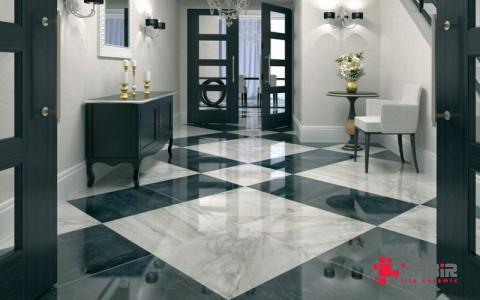
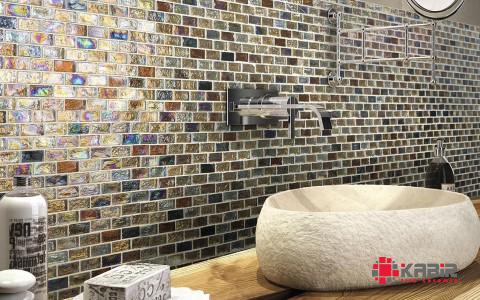

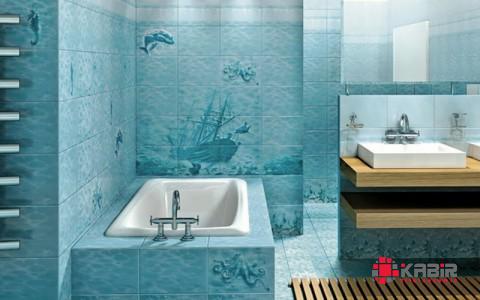
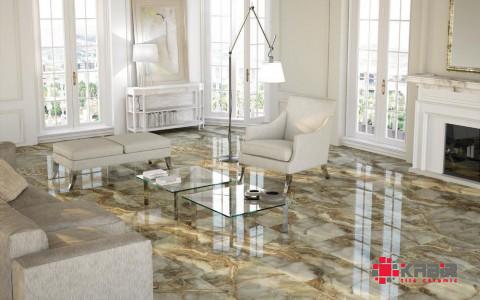
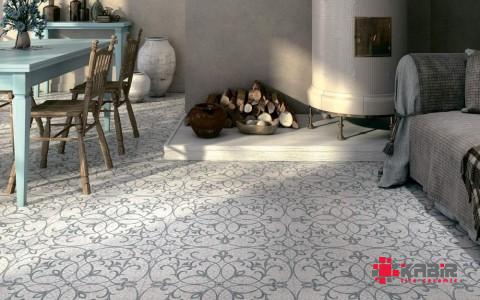

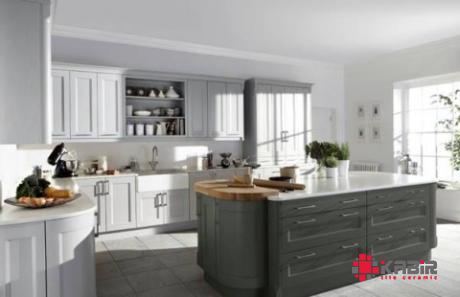
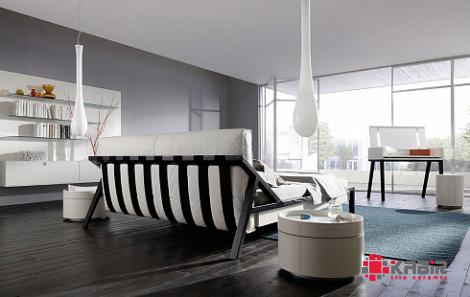
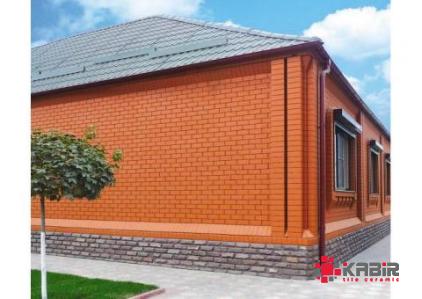
Your comment submitted.